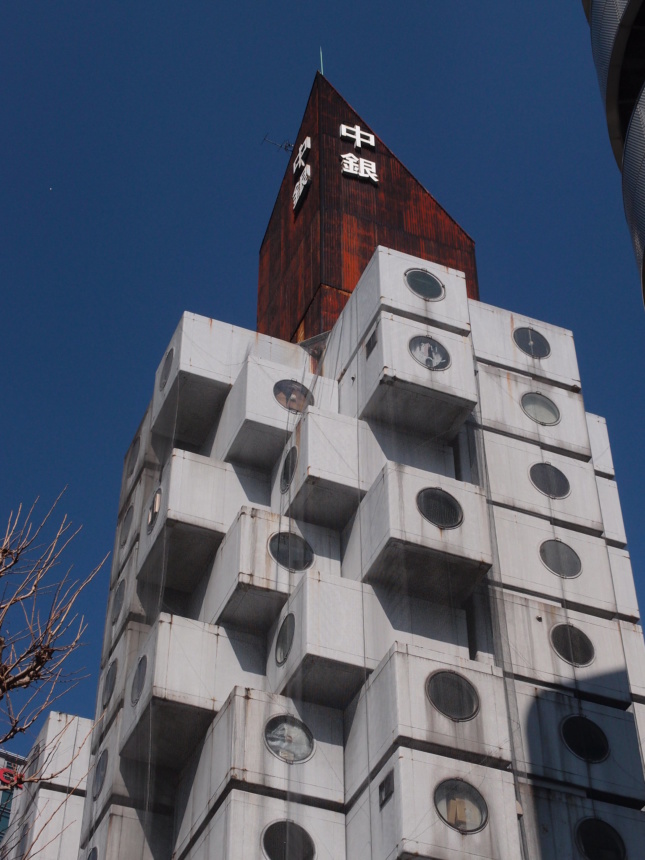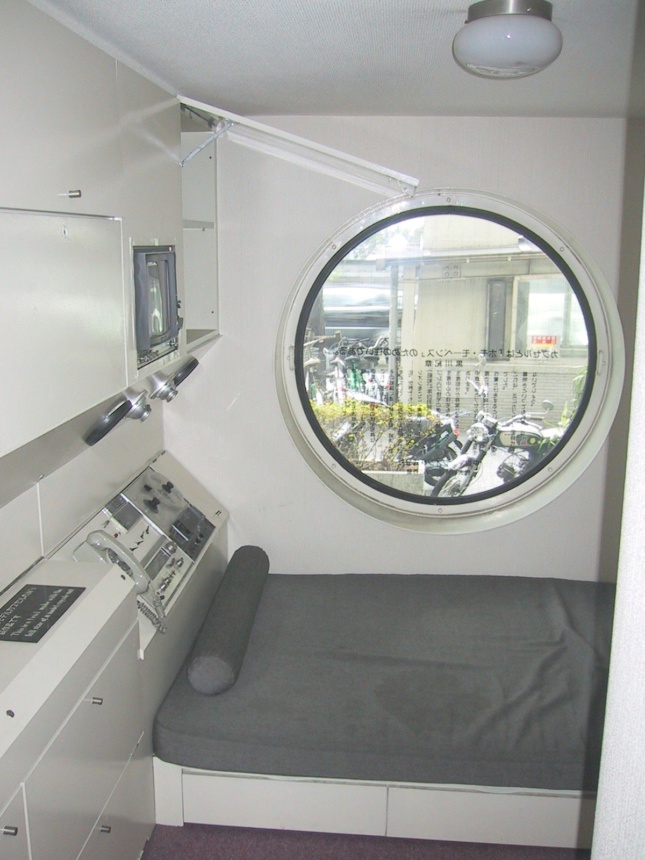After years of back and forth, Tokyo’s iconic Nakagin Capsule Tower may face demolition after all, according to Citylab. The 13-story building, which has stood in the Shinbashi neighborhood since 1972, is a distinct relic of the Metabolist movement that dominated architectural discourse in post-World War II Japan. Maintenance issues have plagued the site for over a decade, with certain stakeholders now reiterating that demolition might be the most economical option.
Many architectural historians consider the Nakagin Capsule Tower to be one of the best surviving examples of Metabolism, a movement that explored methods of large-scale reconstruction for Japan’s war-ravaged cities. Between the 1950s and 1970s, Metabolists like Pritzker Prize winners Fumihiko Maki and Kenzo Tange emphasized the need for Japanese architects to emulate organic systems in their designs for urban megastructures, highlighting how metabolisms in complex organisms work to maintain living cells.
Kishō Kurokawa, a prominent voice in Japan’s post-war cultural resurgence and the author of the 1977 book Metabolism in Architecture, designed the Nakagin Capsule Tower at the request of the Nakagin real-estate company’s president, Torizo Watanabe. The structure is an agglomeration of 140 prefabricated “capsules” affixed in varying orientations to two concrete cores. Each unit is one hundred square feet in area and has a single porthole window. The highly formulaic design enabled construction crews to assemble the entire structure in only 30 days, resulting in a tower that hosted both commercial offices and private residential space. Kurokawa also intended for the capsules to be removed and replaced as needed. Ironically, the ability of capsule occupants to refurbish or replace their individual units was supposed to preclude any sort of large-scale demolition of the building. Perhaps the current state of affairs in Shinbashi is a reflection of the model’s shortfalls.

Over the years, not a single one of the 140 capsules have been removed or replaced. Many are still in use as apartments or offices, but some have been repurposed as storage compartments or outright abandoned. Certain owners have made an effort to preserve or restore their capsules, but many have fallen into visible disrepair. In 2007, the tower’s management company announced that asbestos had been found in many of the units and cleared the entire building for demolition. Financial difficulties at the construction company that was tapped to lead the lot’s redevelopment stalled the project, and the debate over whether to tear down the Nakagin Capsule Tower has remained at a standstill ever since.
By 2018, Nakagin Integration, Inc. had become frustrated with high maintenance costs and sold the land under the building, which currently operates as a condominium, to a real-estate company. In a move permitted under Japanese law, the new land-owner then prohibited any new sales in the tower and considered the site’s potential for redevelopment. As Jiji Press reported last month, though, an unnamed foreign buyer has expressed interest in purchasing the land and preserving the tower.

While maintaining the Nakagin Capsule Tower has grown into too great a burden for some managers and unit owners, the movement to preserve the building has also amassed support. Activists and organizers formed the Nakagin Capsule Tower Building Conservation and Regeneration Project to protect the building from developers in bustling Shinbashi. One member, Tatsuyuki Maeda, now owns 15 units in the building and hopes his investment in the property will help tip the scales in favor of preservationists.
Regardless of one’s standpoint on the importance of architectural preservation, the Nakagin Capsule Tower’s status as a rare built example of Metabolist architecture is indisputable. Investors will ultimately decide whether this legacy is worth defending, but preservationists are slowly accruing more of a stake in the building.











